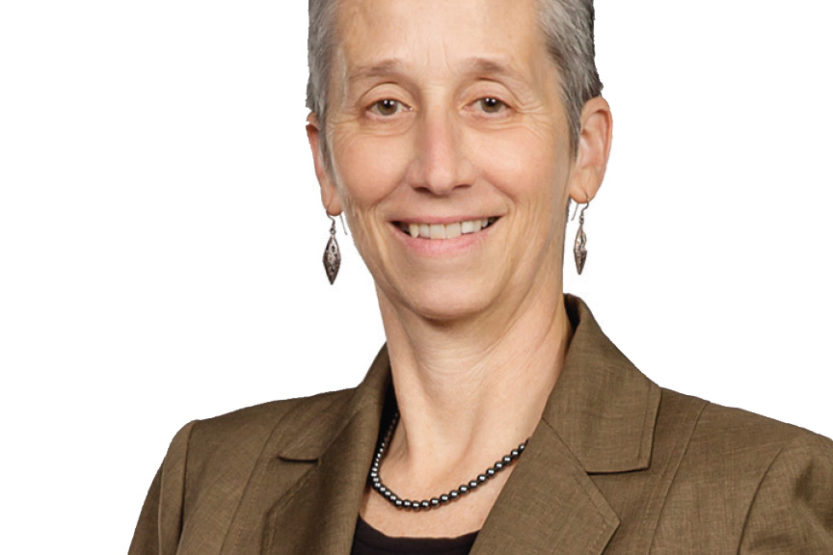In Class: Housing Authority
 Architecture professor Lynne Dearborn. (Image by L. Brian Stauffer)
Architecture professor Lynne Dearborn. (Image by L. Brian Stauffer) Architecture professor Lynne Dearborn on walking under the landscape, stormwater in Peoria and urban gardeners in Milwaukee
Some of my students think I’m crazy. I ask them to think about things in ways that are different than maybe they’ve ever thought about them before.
In my junior design studio, we have a project set in Kickapoo State Park in Oakwood, Ill. The students have all visited parks. They’ve walked on nature trails. But I ask them to think: What if you were walking under the landscape? Or, what if you were walking above it? What kinds of ideas does that give you? I ask students to take things apart and look at the complexities and respond to those complexities.
A lot of our students would tell you, “I want the physical world we live in to be a better place. And I think I can do that as an architect.” Most of them seem drawn to that idea—that they can make a difference in a way that is tangible and visible.
This semester, I’m teaching a relatively new course titled, “The Environment and Global Health.” Starting in Fall 2017, it will be a required course for juniors in architecture. We look at health inequalities across different populations. What neighborhood you’re born in is actually more influential than your genetic code in terms of your health and your life expectancy. The physical environment has a big impact.
Last spring, my graduate students and I were working with the city of Peoria, in a neighborhood where stormwater and storm sewer overflow is a big problem. It’s a question that the city is grappling with. They get fined by the EPA when stormwater overflows into the Illinois River. The neighborhood has a lot of vacant properties and land, so the project also was about looking at how you infill strategically to ensure there’s enough of a population concentration to attract businesses.
I am very interested in housing and residential environments. That could be an apartment. It could be the apartment building. It could be the apartments in the neighborhood. It could be a single-family house. It’s a different perspective than architects who focus on a single building. We could use a few more designers who think across multiple scales.
In Milwaukee, I worked with Hmong homeowners who had purchased old houses in the city, houses that somebody else might see as falling down—or just a bunch of problems.
A lot of times, because of community development programs and the sweat equity people were putting in, there wasn’t much difference between what they were paying for the house on a monthly basis and what they had been paying in rent for a much smaller apartment. Buying these homes, in many cases, allowed families and relatives to live in relative proximity.
Many of the families have bought vacant lots from the city adjacent to their houses. These lots have turned into very big gardens. Many of the Hmong urban gardeners now have stalls at different farmers’ markets in the city. It’s pretty
interesting.
Edited and condensed from an interview conducted on Sept. 29, 2016.


